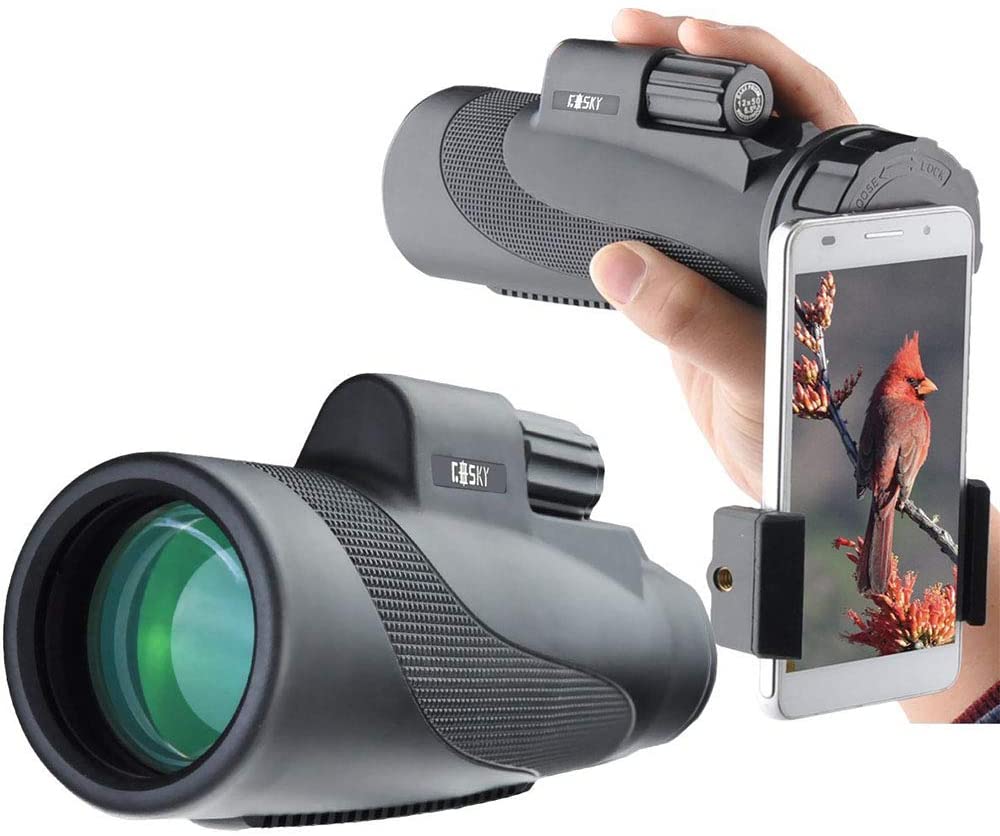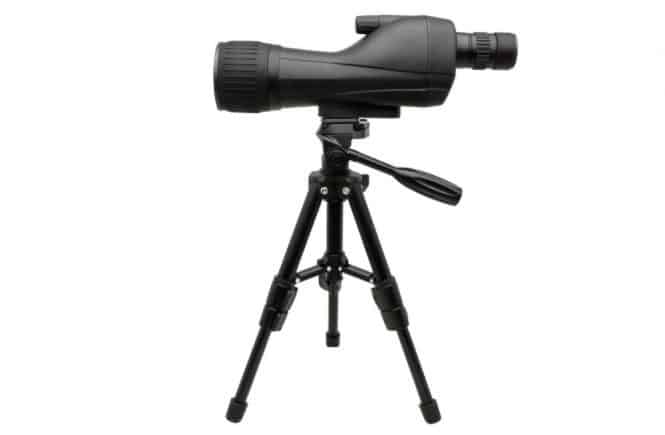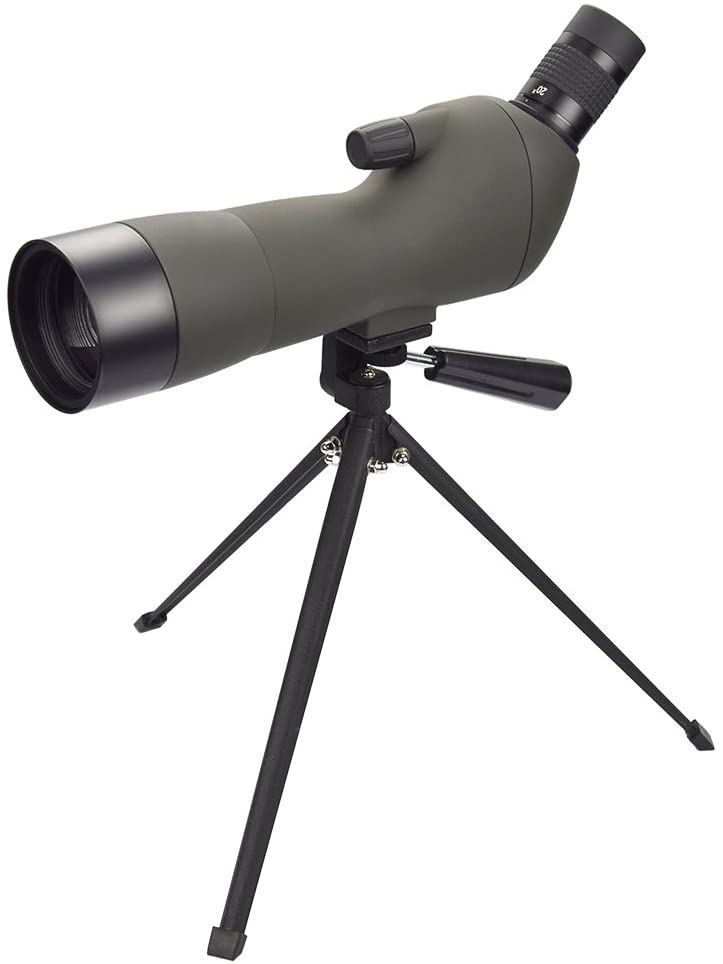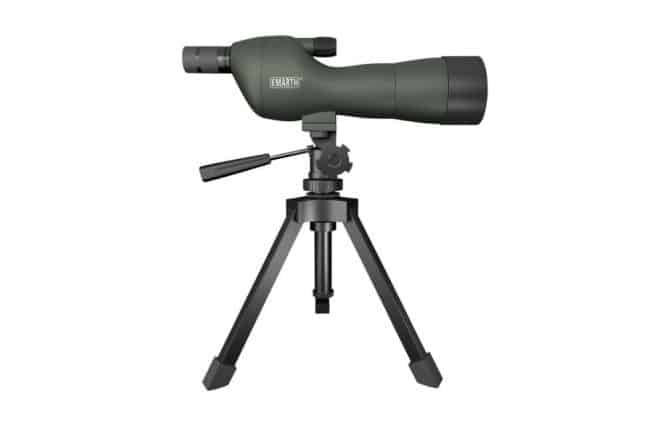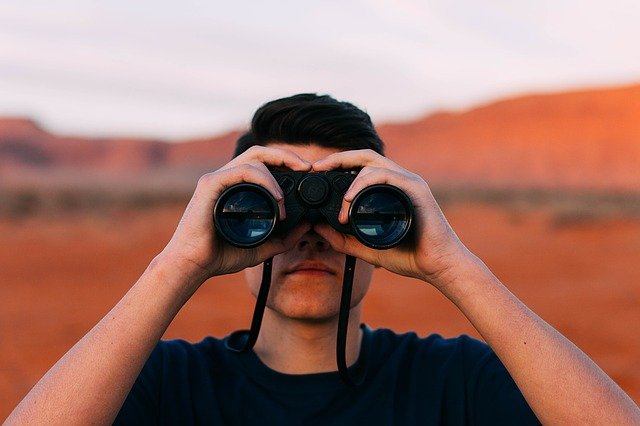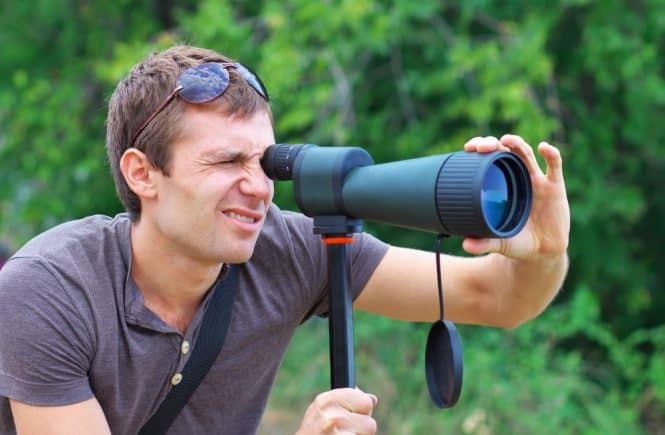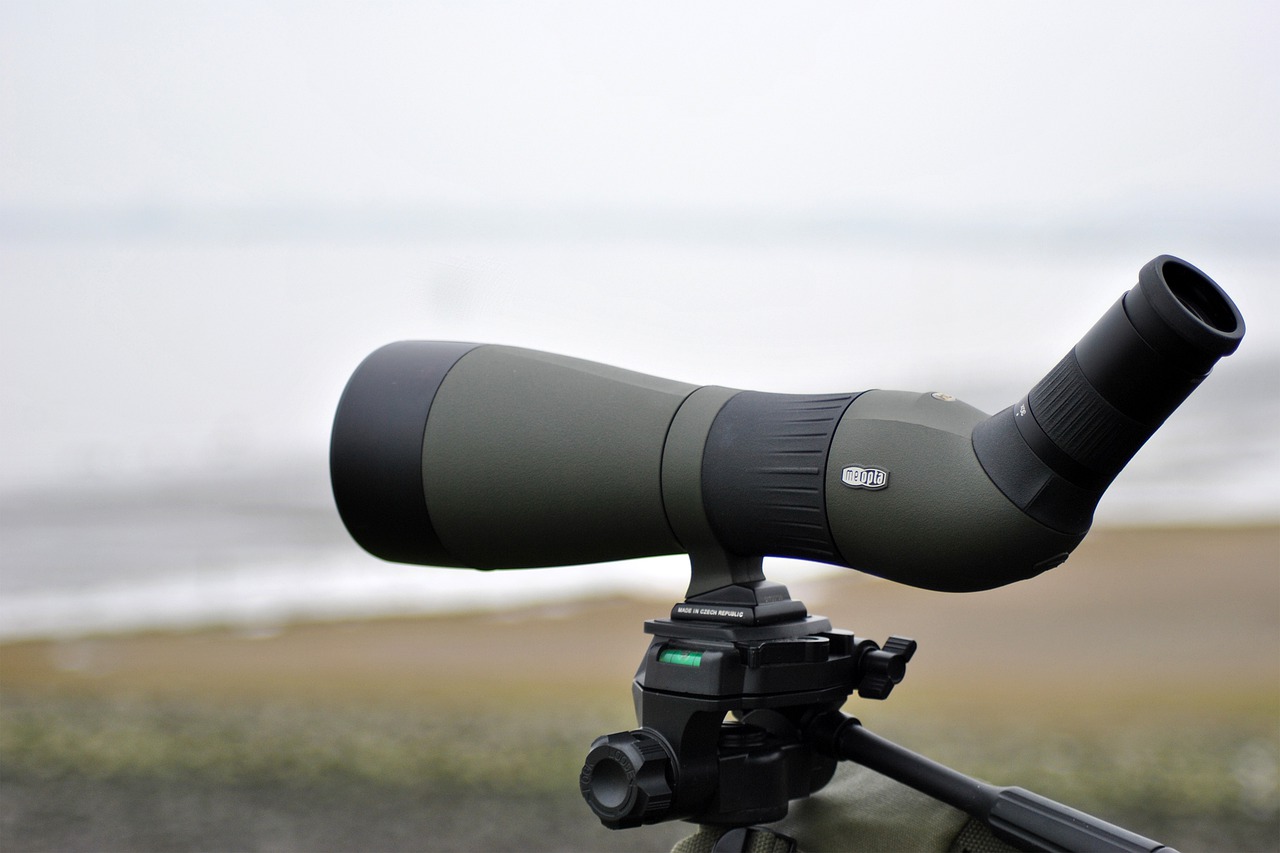
A&W Outlets
The Best Spotting Scope Reviews and Advice
What Size Spotting Scope Do I Need: The Details You Need to Know
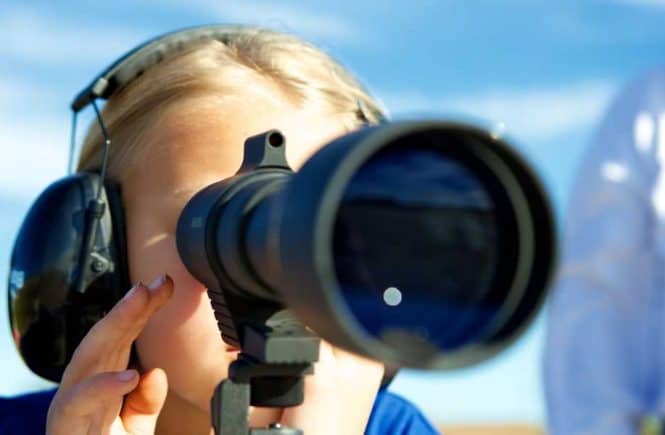
This site contains affiliate links to products. We may receive a commission for purchases made via these links.
Table of Contents
Introduction
A spotting scope is the small version of a telescope that is mainly used by nature lovers. Since it is designed in a way that it is portable across land or sea and can help you see at very far distances, you can also use it for bird watching, hunting, surveillance, astronomy, and photography. There are various sizes, with multiple features, available in the market for different purposes. This is why the first question you need to answer before buying one is, “What size spotting scope do I need?” Well, this broad-termed question can be answered in different ways.
What Size Spotting Scope Do I Need?
When talking about the size of a spotting scope, it refers to a lot of different things. Such includes the magnification size, the objective lens size, and the exit pupil size. In order for you to choose the right spotting scope size, we’ll discuss each aspect and guide you on how to decide which spotting scope to buy.
Magnification Power or Range
The magnification power is basically the lens’s capacity to enlarge the actual size of the viewed object. It can be seen engraved on the spotting scope as the first two numbers. In general, it ranges from 20x to 40x if the lens diameter is at 60 millimeters, giving you a label of 20 x 40 x 60.
When you are buying a spotting scope on the basis of magnification power, you must consider a lot of factors. You need to define your budget, desired scope weight, coverage range, field, desired scope size, type of target, and the environment where this scope will be used. All of these aspects matter as they will have an effect on the power that you decide to buy.
Atmosphere
Image quality is significantly affected by humidity, air currents, wind, heat waves, dust, and glare. A greater magnification, in a bad environment, will lessen the image quality. A low altitude and a humid atmosphere will not be suitable for higher magnification and vice versa.
Amateurs, who are not aware of this fact, tend to make wrong decisions. Hence, one should buy spotting scopes that have a magnification size ranging from 30x to 60x power if they plan on using their scope in such an atmosphere.
Cost
Another fact you might want to keep in mind is that cheap scopes will not provide good image quality when using higher magnification powers. On the other hand, branded and expensive ones do not reduce their quality at higher power. So, be prepared to shell out a lot of money if image quality is your priority.
Purpose
If you will use your spotting scope just for observational purposes, then a small magnification power of 30x or 40x is more than enough. A low magnification will provide the desired image quality at a reasonable price. For bird watching, a 20x or 40x model will be ideal for a good view and image quality.
If you want the spotting scope for accurate detailing, as for hunting, archery, photography, or astronomy, you may consider buying a +40x. For products that have magnification above 60x power, you will need an ideal atmosphere to have the perfect image quality.
Fixed or Ranging Power
Lastly, if you want to have a range of magnification power, then look for the model to have a range before the “X”. This is because, at times, models can have a fixed power. That is, you will not be able to zoom or shrink more than you already see through the scope.
Note: A higher magnification requires a bigger and high-quality objective lens for excellent image quality.
Objective Lens Size
Objective lens or aperture size is the last number that you will see encrypted on the product. It is the diameter of the lens which determines how much light enters the scope. As compared to a small lens (50 to 60 mm), a larger lens (60 mm to 100 mm) is better at gathering light.
When deciding which lens to go for, it is best to consider both the size (diameter) and the quality of the lenses. A bigger lens will obviously provide greater detail. However, quality is more critical at defining images. Even if you buy the largest size, the quality has to be outstanding. Otherwise, you will get low-quality images.
A costly method to increase the quality of your desired lens diameter is to add a special glass to the objective lens. For example, APO glass, Fluorite glass, ED glass, and HD glass are high-quality glasses that can increase the image quality of large lens size.
For bird watching, for example, a range of 50 to 80 mm is ideal. An 80-mm diameter is the best choice as the high-quality image is produced at all levels of light.
Note: A larger objective lens is more costly and heavier. You must be able to pay more and carry that extra weight for better image quality.
Exit Pupil Size
The ideal exit pupil of a scope should be equal to or greater than 1.33 mm to ensure optimal image brightness. For example, an objective lens of 80 mm and a magnification power of 60x would be ideal for any type of lighting condition because dividing them gives a quotient of 1.33 mm, which is the exit pupil size.
An exit pupil that is equivalent to or smaller than 1.5 mm (i.e., a 40x 60 mm model) is ideal for extremely bright and sunny days. Whereas, for regular daylight, a two to three mm exit pupil size is perfect. The reason behind this is that during the daytime, your own pupil contracts and becomes equal to this size.
On the other hand, after sunset, you will require at least a four-millimeter exit pupil size as your pupil also dilates and becomes larger in search of more light.
Final Thoughts
Once you have scrutinized all of the technical features and have considered all the aspects that can affect your choice, you can finally make a decision and answer the question, “What size spotting scope do I need?” It may be a bit technical and tedious the first time you do it, but it will surely be worth it.
Latest Reviews
Latest Articles
Follow Us
© 2021 AW OUTLETS
